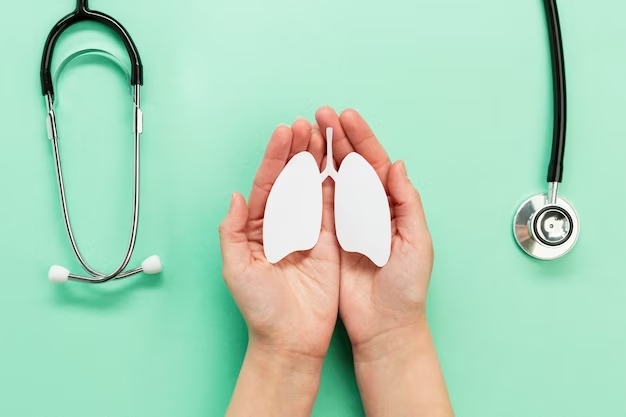Lung cancer is a type of cancer that originates in the cells of the lungs. It occurs when there is uncontrolled growth of abnormal cells in the lung tissues. These cells can eventually form a tumor and interfere with the normal functioning of the lungs.
There are two main types of lung cancer: non-small cell lung cancer (NSCLC) and small cell lung cancer (SCLC). NSCLC is the most common type, accounting for about 85% of all lung cancer cases, while SCLC makes up the remaining 15%.
Several factors can increase the risk of developing lung cancer. The primary cause is smoking tobacco, including cigarettes, cigars, and pipes. Exposure to secondhand smoke, asbestos, radon gas, certain chemicals, and air pollution can also contribute to the development of lung cancer. In some cases, genetic factors and family history may play a role as well.
Lung cancer often does not cause noticeable symptoms in its early stages, which can make it difficult to diagnose until it has reached an advanced stage. However, as the disease progresses, common symptoms may include persistent coughing, coughing up blood, chest pain, wheezing, shortness of breath, recurrent lung infections, fatigue, weight loss, and loss of appetite.
To diagnose lung cancer, various tests may be conducted, including imaging scans such as X-rays, CT scans, and MRI scans. A biopsy, which involves taking a small sample of tissue for examination under a microscope, is typically performed to confirm the presence of cancer cells.
Treatment options for lung cancer depend on several factors, such as the type and stage of cancer, overall health, and the individual’s preferences. Common treatment approaches include surgery, radiation therapy, chemotherapy, targeted therapy, immunotherapy, and palliative care to manage symptoms and improve quality of life.
Prevention of lung cancer primarily involves avoiding exposure to known risk factors, especially tobacco smoke. Quitting smoking and avoiding secondhand smoke can significantly reduce the risk. Additionally, minimizing exposure to occupational hazards and environmental pollutants can also help lower the chances of developing lung cancer.
Early detection through regular screenings, especially for individuals at high risk, can improve treatment outcomes and increase the chances of successful recovery. It is important for individuals with a history of smoking or other risk factors to consult with a healthcare professional for appropriate guidance and screenings.



